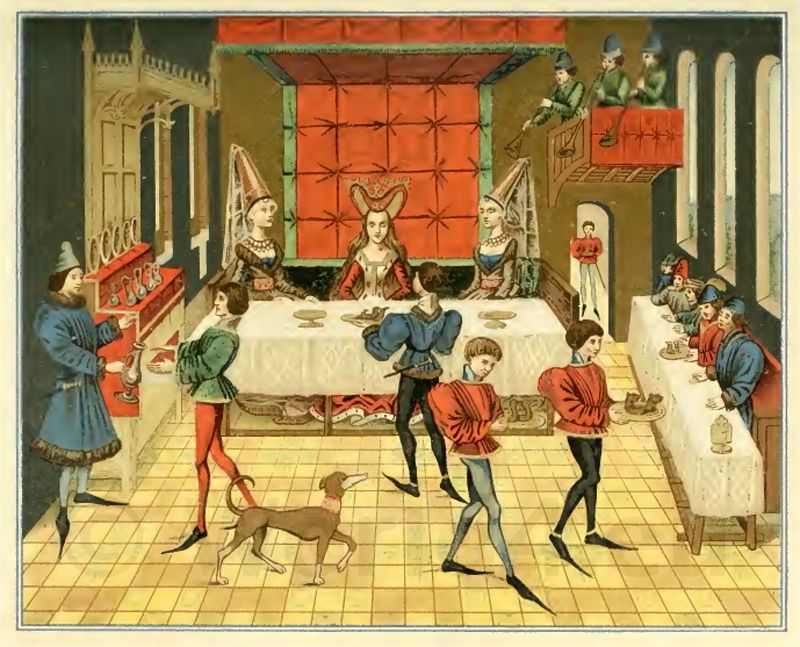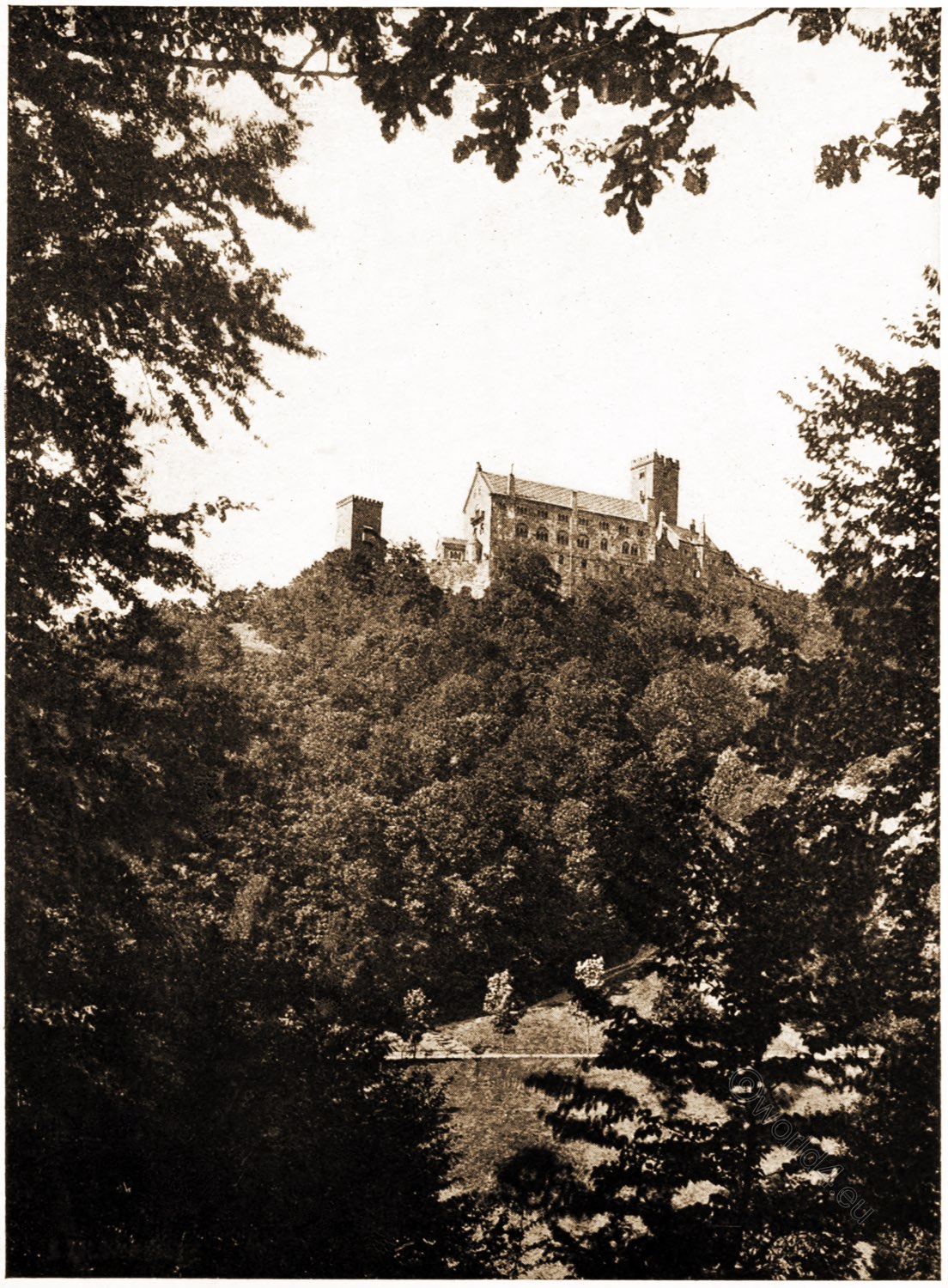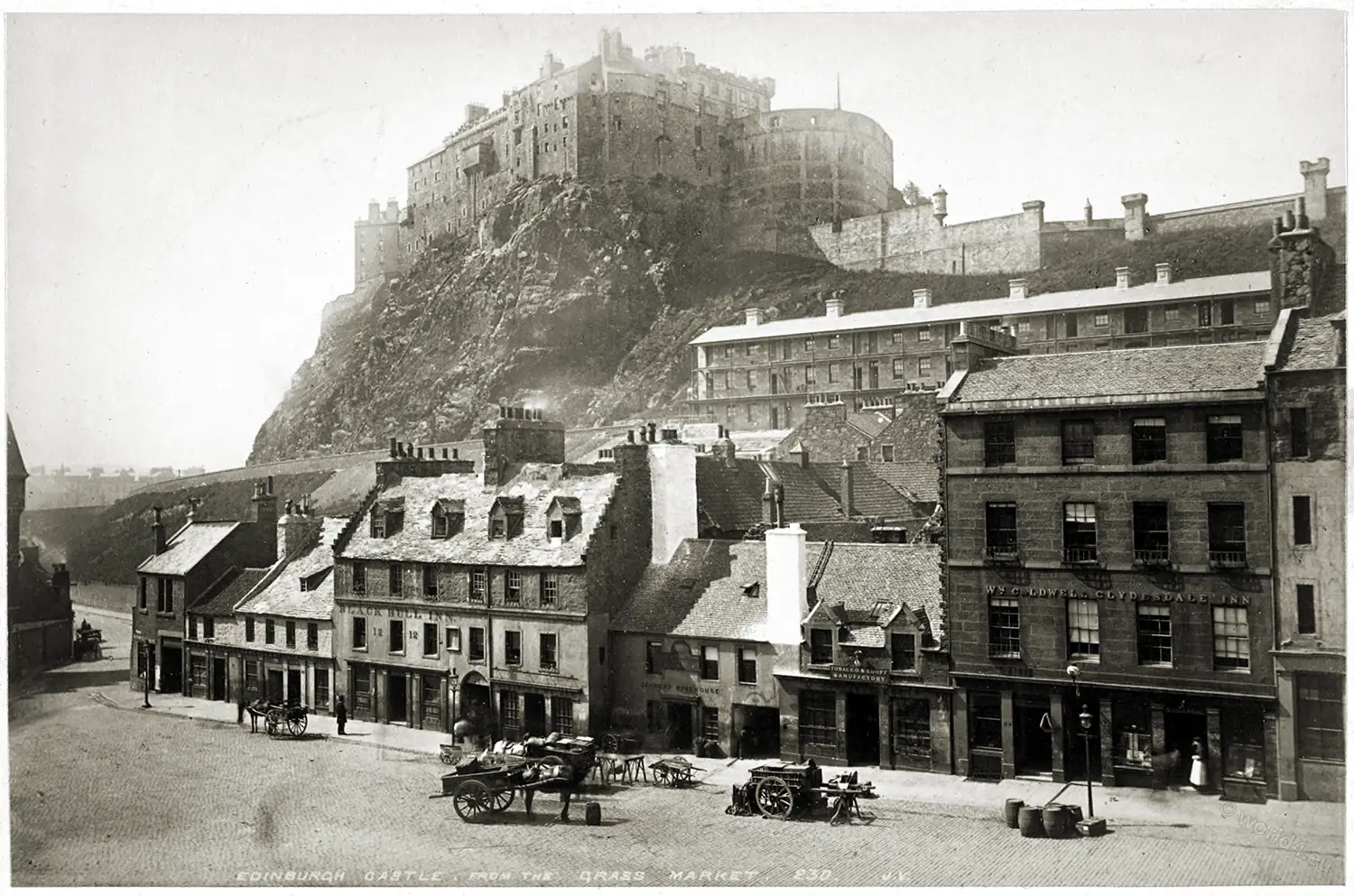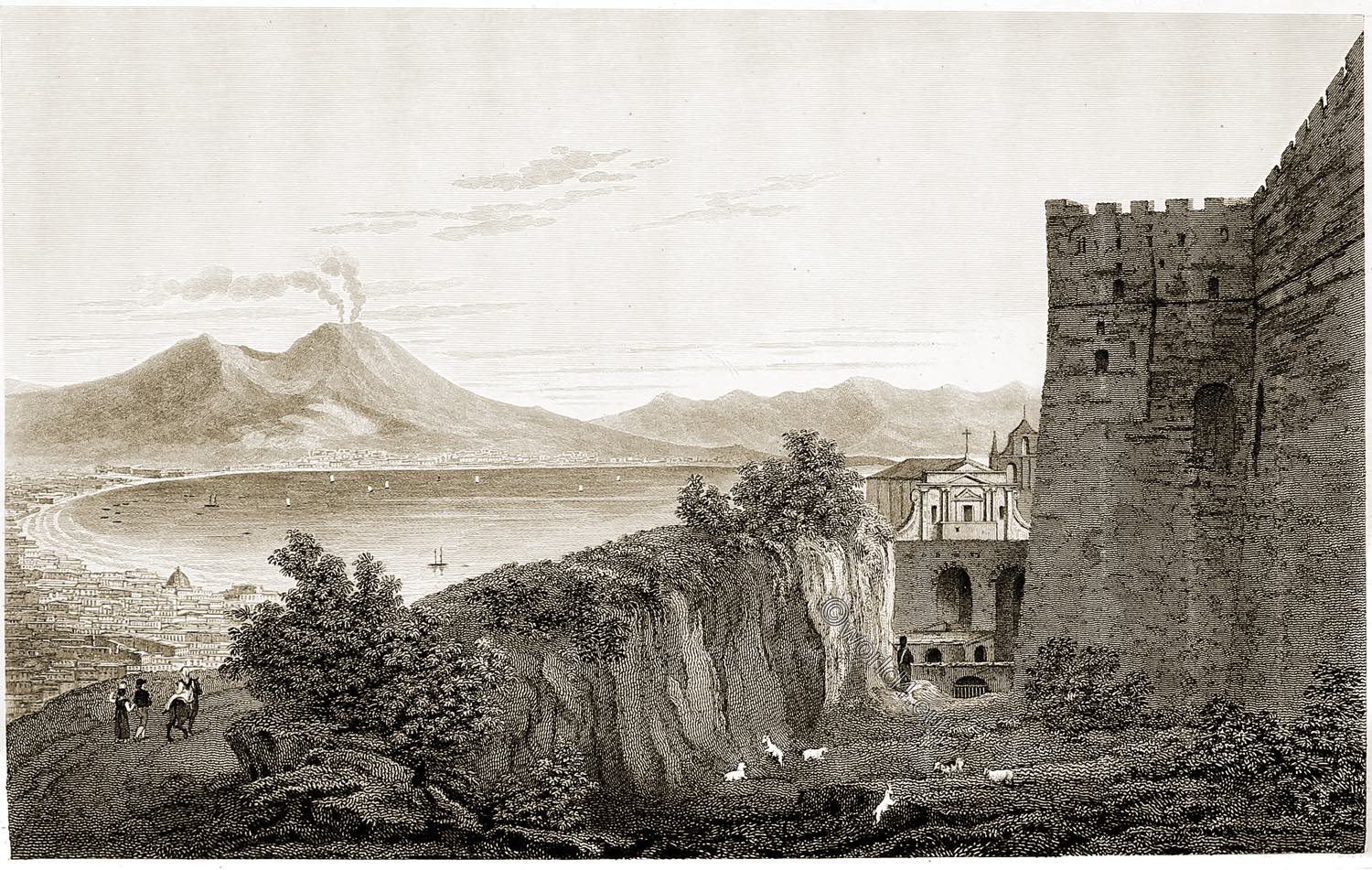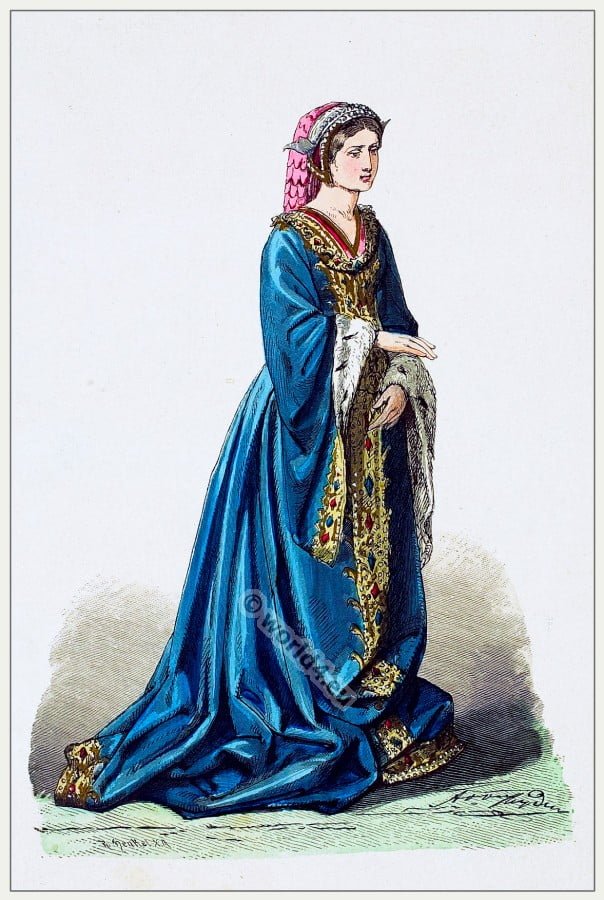NEWARK CASTLE NOTTINGHAMSHIRE.
Historians are divided in opinion whether this Castle was erected by Alexander Bishop of Lincoln or Roger Bishop of Salisbury, but it is generally agreed to have been built during the reign of King Stephen.
The latter prelate, being a man of considerable wealth and power, was the founder of several other castles and tome monasteries; but at length, having incurred the King’s displeasure, he was imprisoned, and fed upon bread and water only; and this amongst other strong places was delivered up to Stephen, to purchase his liberty.
In the reign of King John, Newark Castle sustained a long siege against the barons; and here that King died, being attacked by a fever at Swineshead Abbey, from whence he was first removed to Sleaford Castle, and the next day to this place, where, after having made his will, he ended his days A. D. 1210.
In the reign of Henry the Third this place was in the possession of the barons, but, after a short siege of eight days, it surrendered to the King’s troops under the Earl Marshal, and was then given up to Robert Bishop of Lincoln, to whom it of right belonged.
Nothing memorable occurs concerning the Castle, between this time and the civil wars, when the garrison of King Charles the First was twice besieged, viz. in 1643 and 1046, in which latter year, by the King’s order, it was given up, upon honourable conditions, by Lord Bellasis the governor: the Parliament afterwards caused it to be demolished; so that there remains now only the weft wall and part of the south angle, which parts had been built very strong. The mounds of earth raised at the siege of this place are still visible, they form irregular lines, and indicate no extraordinary skill in tactics. In those intrenchments there appears something like a cellar or store room. A hole in the spire of the church of Newark still appears, which, it is laid, was made at the siege by a cannon ball.
The whole manor, soke and wapentake, continued to the Bishops of Lincoln until the time of Edward the Sixth, when Rands, alias Holbech, the then bishop, surrendered it to the crown, in which it still remains, being held upon lease by his Grace the Duke of Newcastle.
The Print exhibits the north-well and the remains of the east tides of the Castle, as they were in the year 1777.
Source: Antiquities of Great-Britain: illustrated in views of monasteries, castles, and churches, now existing by Thomas Hearne (1744-1817); William Byrne (1743-1805); James Phillips (Bookseller). London: Printed by James Phillips in George-Yard, Lombard-Street, and published by the proprietors T. Hearne and W. Byrne, 1786.


